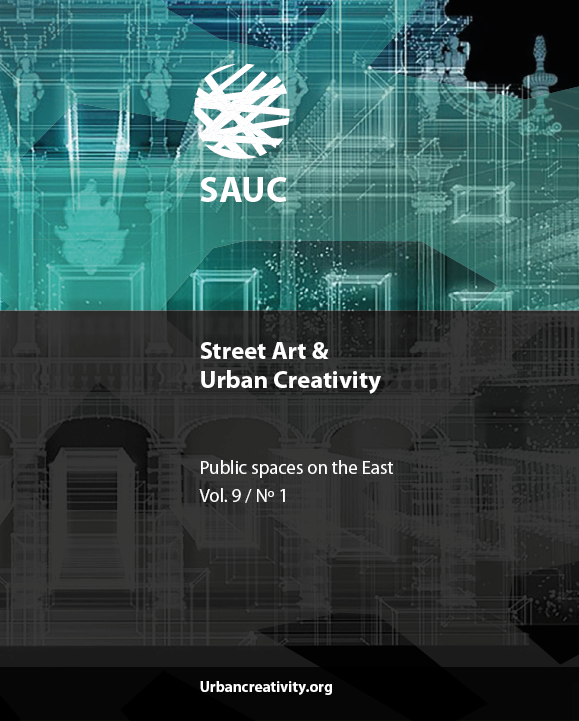Participatory Design in Interior Architecture
A Proposal for the Factors of Adaptive Reuse with User Participation
DOI:
https://doi.org/10.25765/sauc.v9i1.626Abstract
Nowadays, we are facing a huge number of old buildings which are abandoned or become demolished due to a change in their function or loss of resistance. Meanwhile, adaptive reuse offers sustainable strategies in which by spending less energy and money, not only is it possible to use the capacity of the building, but also, in heritage cases, it increases attention to the values of the building and has cultural and social effects. In addition, the participatory design approach can assist the designer in improving efficiency by engaging the user in different stages of the design process. In this paper, the specified process in adaptive reuse, and participatory design in the building environment are studied by referring to the library sources. We identified how the user engages in design planning with the descriptive-analytical method
Downloads
Global Statistics ℹ️
|
661
Views
|
154
Downloads
|
|
815
Total
|
|
Downloads
Published
How to Cite
Issue
Section
License
Those authors who publish in this journal accept the following terms:
-
Authors retain copyright.
-
Authors transfer to the journal the right of first publication. The journal also owns the publishing rights.
-
All published contents are governed by an Attribution-NoDerivatives 4.0 International License.
Access the informative version and legal text of the license. By virtue of this, third parties are allowed to use what is published as long as they mention the authorship of the work and the first publication in this journal. If you transform the material, you may not distribute the modified work. -
Authors may make other independent and additional contractual arrangements for non-exclusive distribution of the version of the article published in this journal (e.g., inclusion in an institutional repository or publication in a book) as long as they clearly indicate that the work was first published in this journal.
- Authors are allowed and recommended to publish their work on the Internet (for example on institutional and personal websites), following the publication of, and referencing the journal, as this could lead to constructive exchanges and a more extensive and quick circulation of published works (see The Effect of Open Access).













